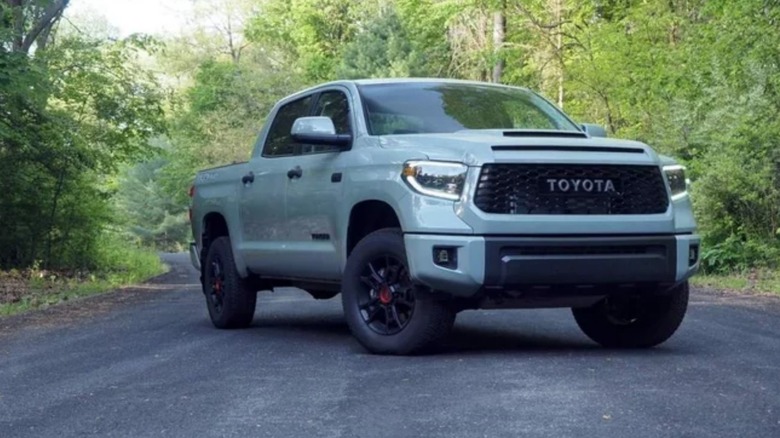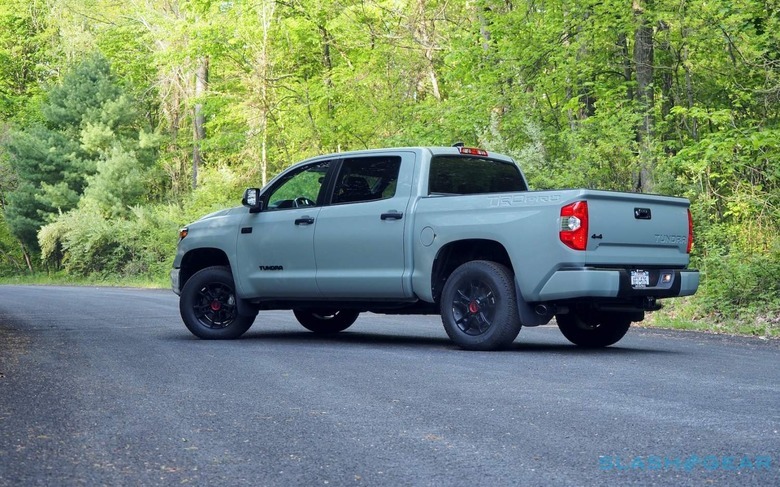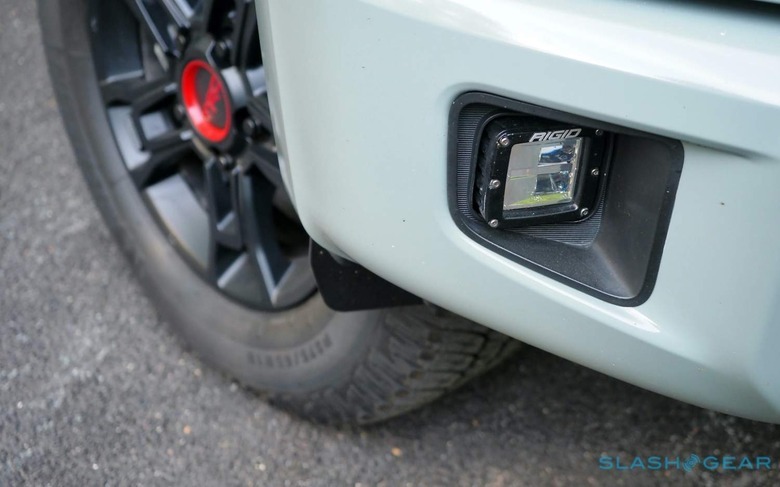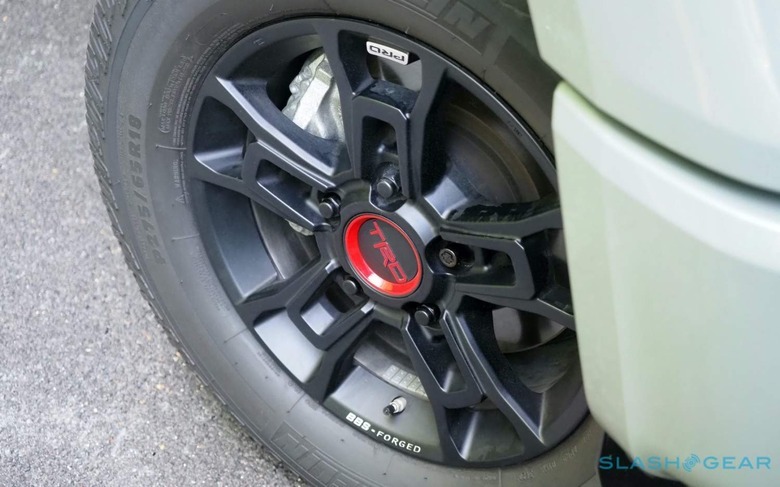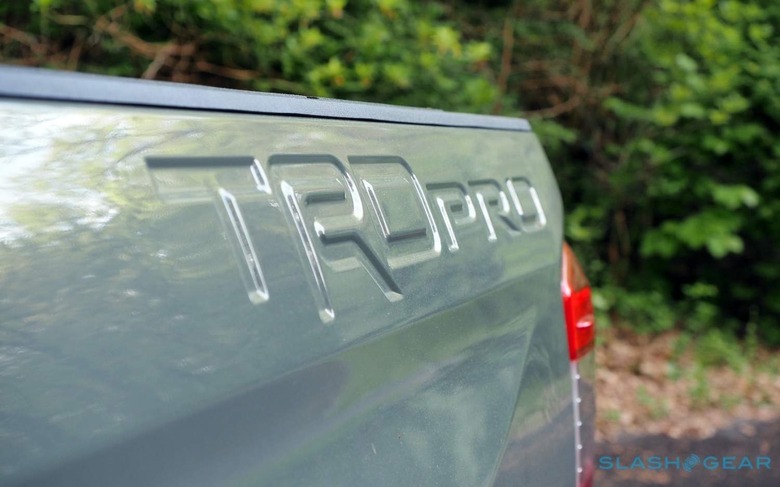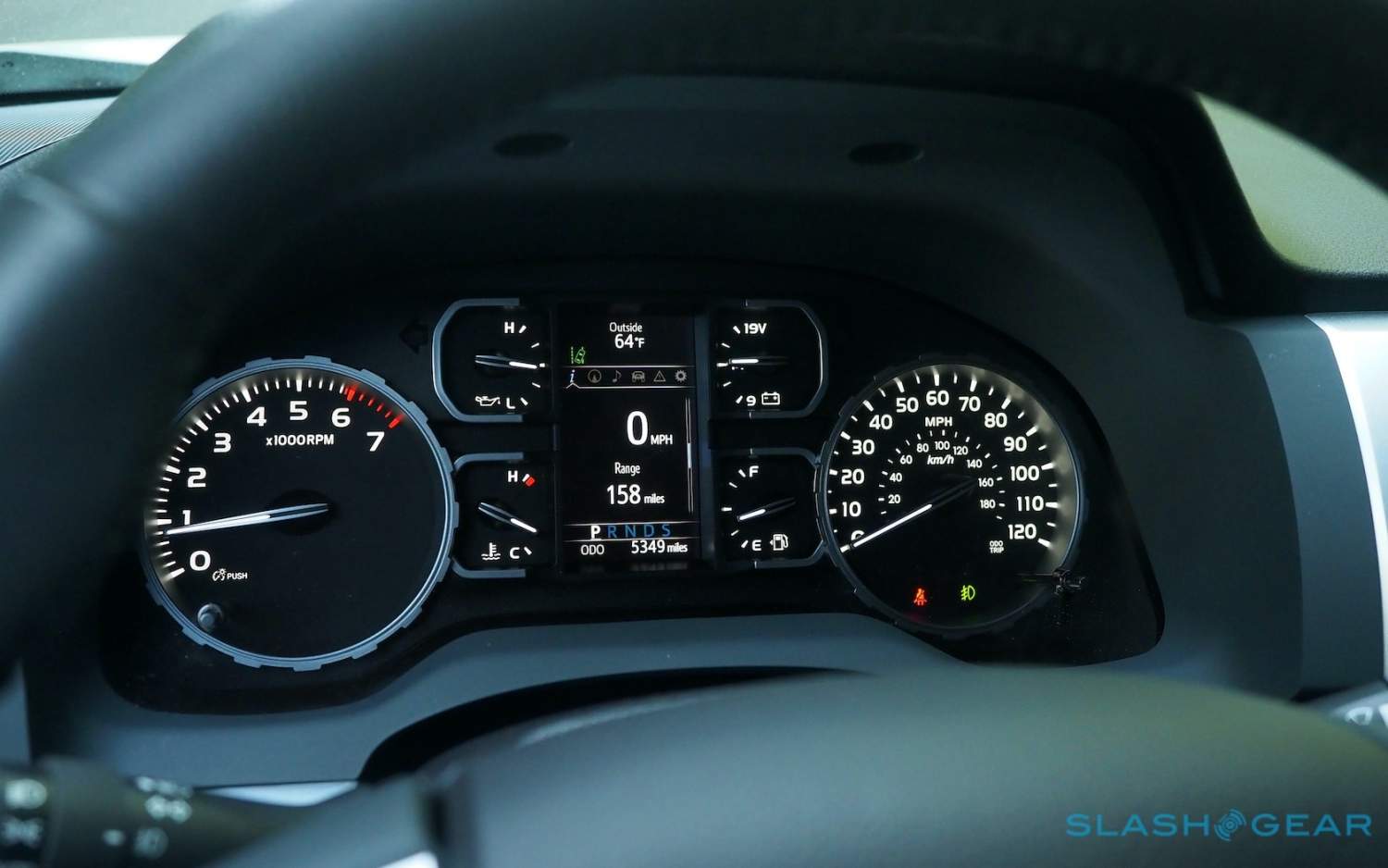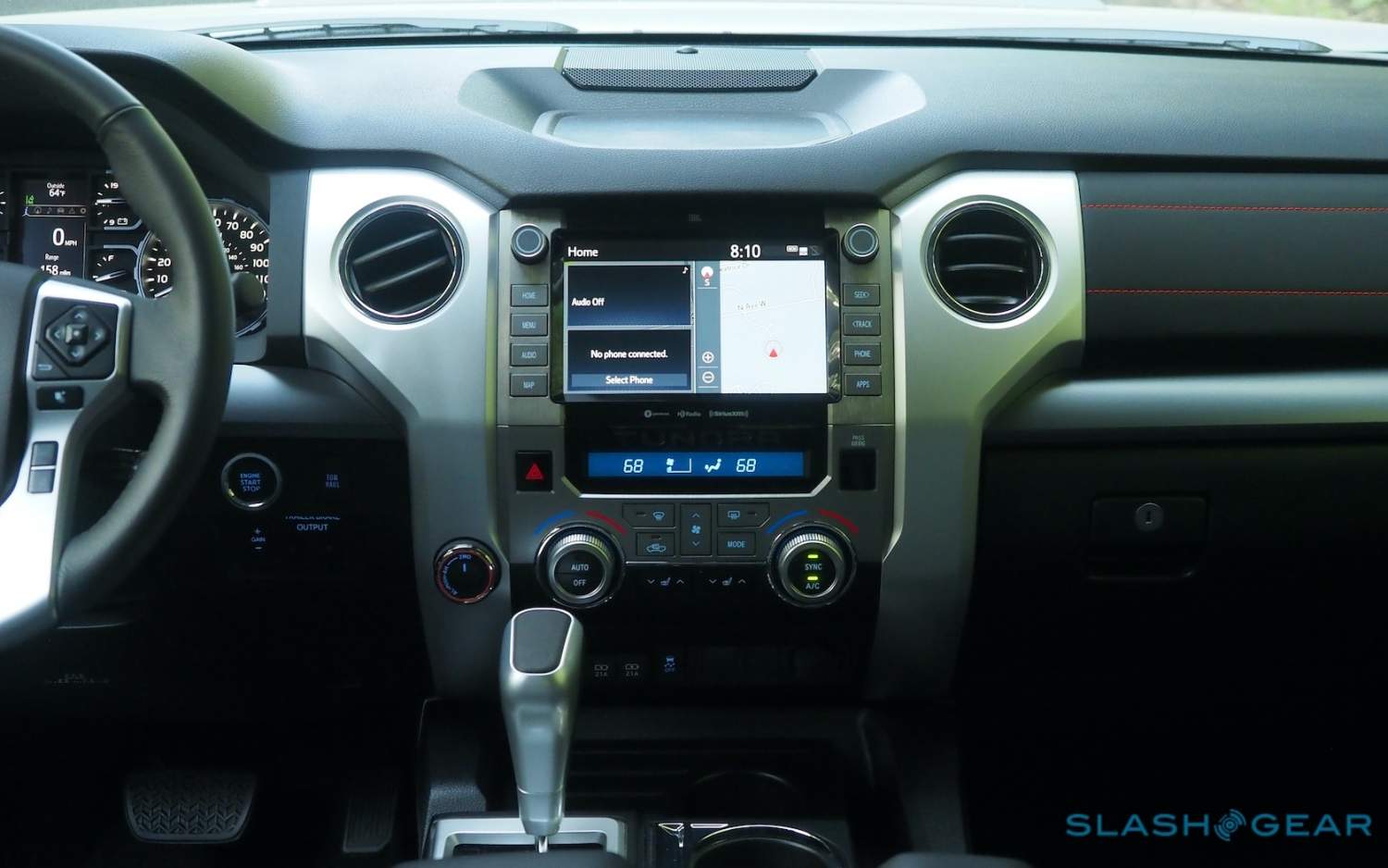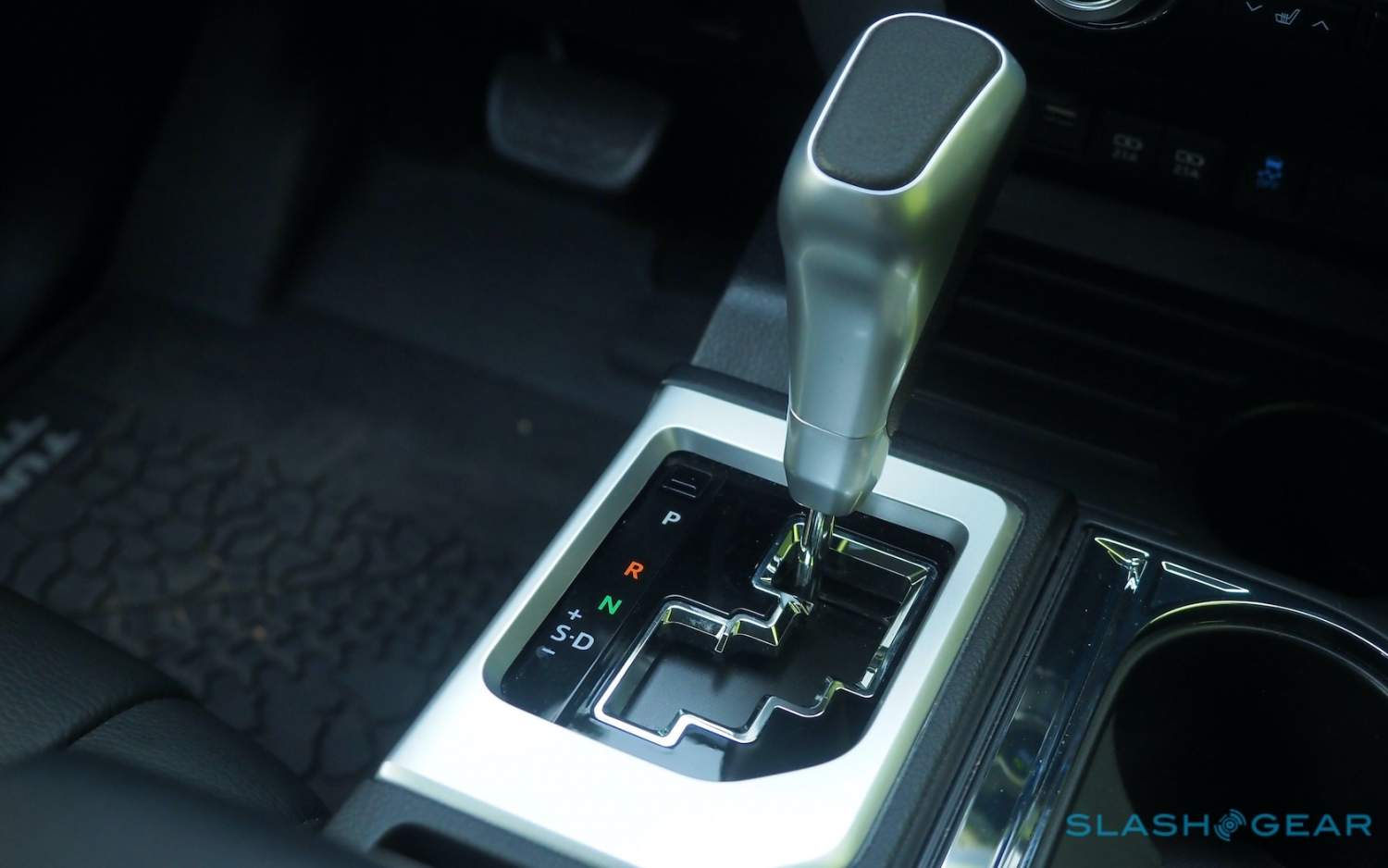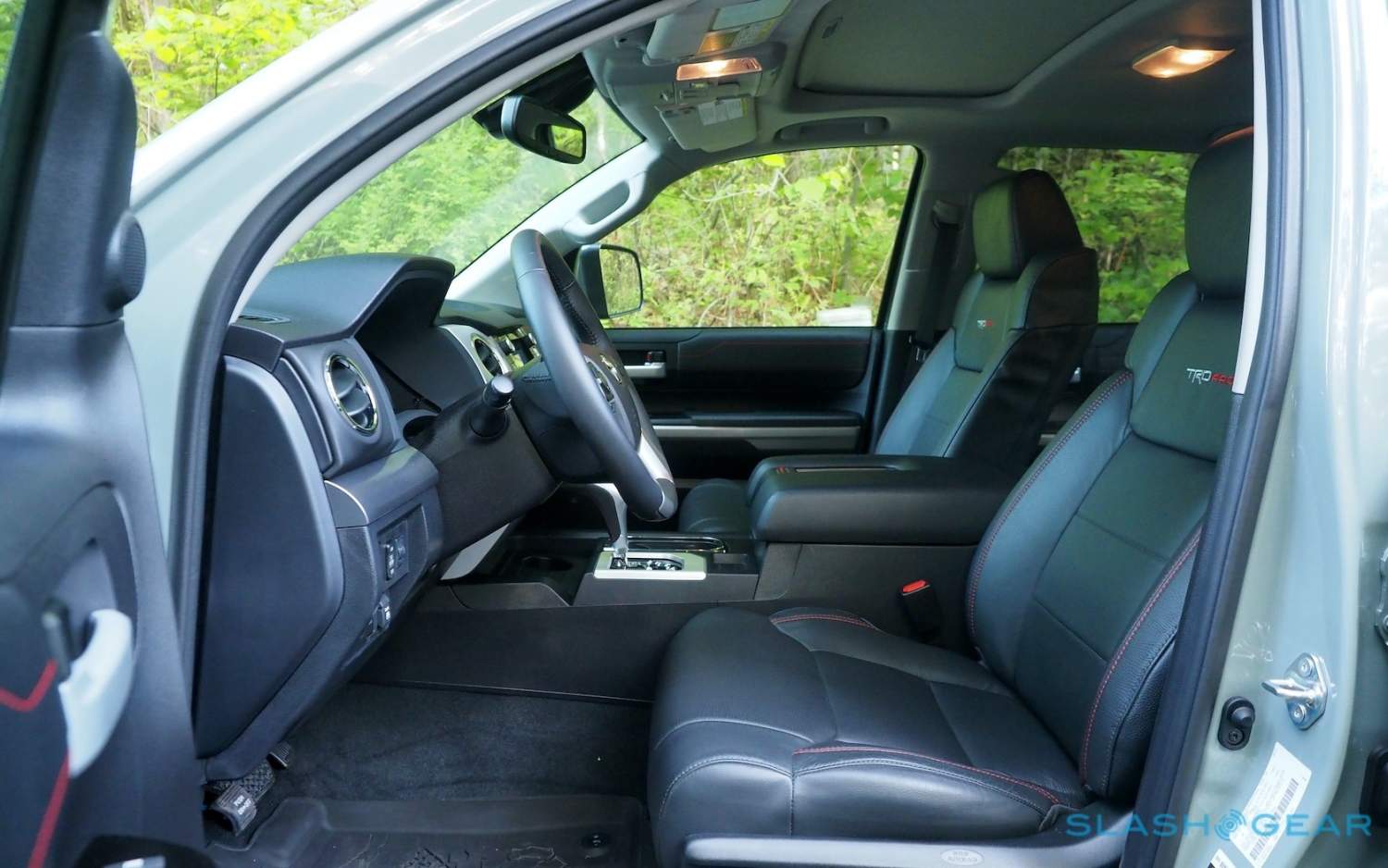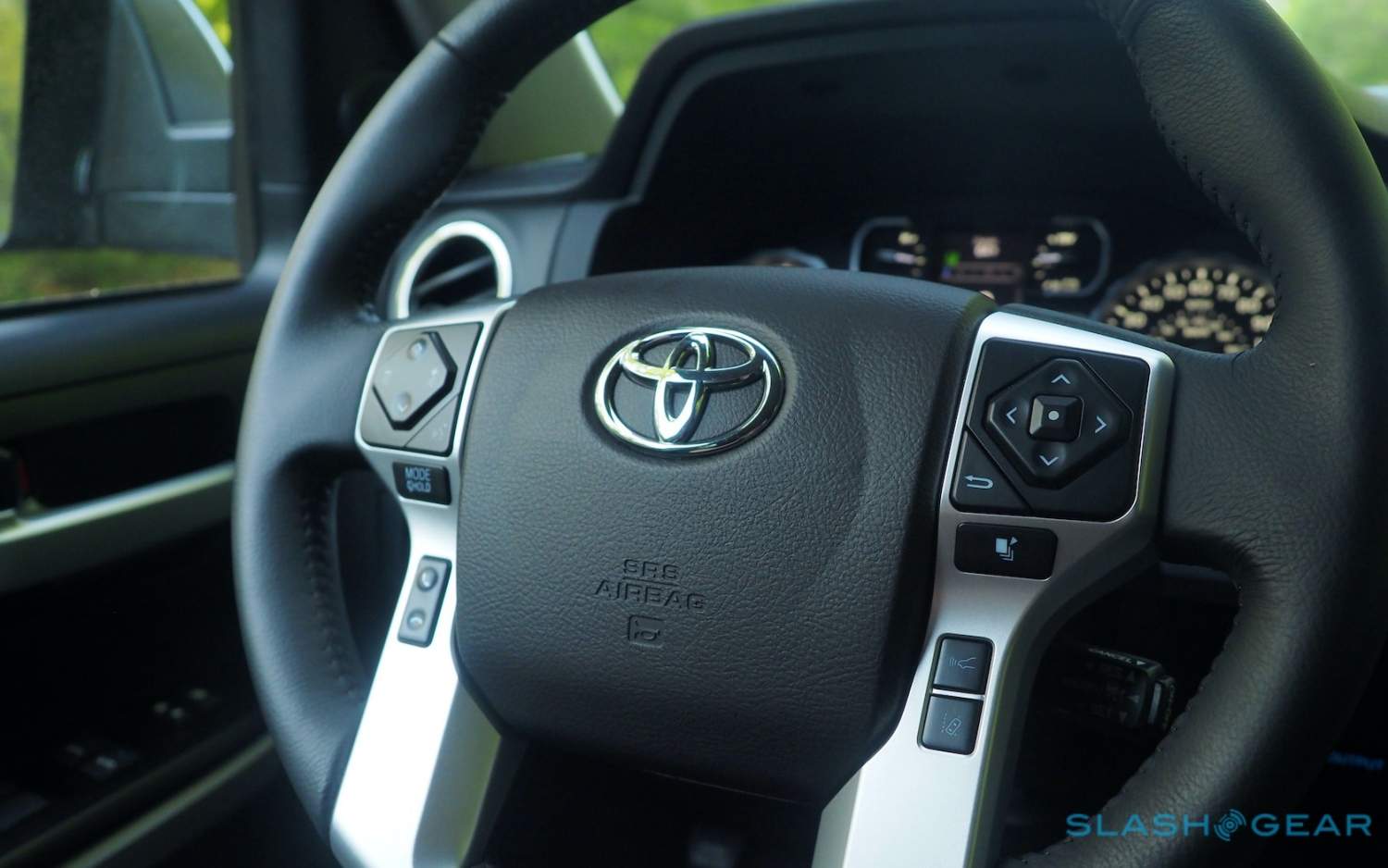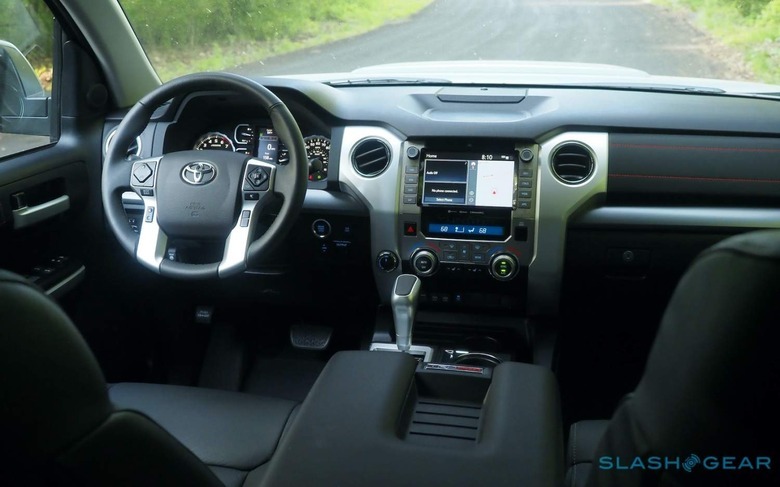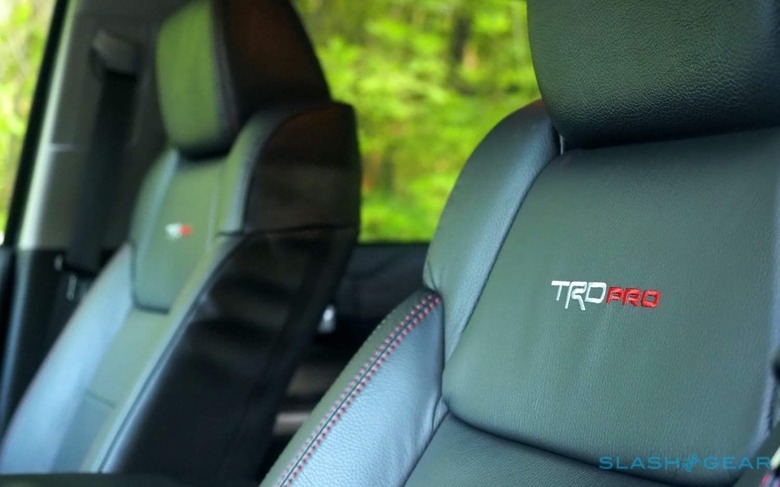2021 Toyota Tundra TRD Pro Review: The Last Hurrah
It was hard not to wince, glancing out the window at the 2021 Toyota Tundra TRD Pro parked on my driveway, as I read Ford's breathless announcement of the new F-150 Lightning electric pickup. Comparing any current truck to Ford's upcoming all-EV flagship is a recipe for pickup whiplash, sure, but in places the Tundra wears its age more obviously than most.
The bones of the current Tundra date back to Toyota's second-generation launch in 2007, though a refresh in 2014 did update the styling and suspension tuning. All the same, in a line-up with even just the other pickups on sale right now – rather than the high-tech electric competition that's still a year out – it's hard to escape the idea that the Tundra is decidedly dated.
The exterior holds up better than the interior, particularly in Toyota's pleasing Lunar Rock paint. Somewhere between sage green and gray, it suits the Tundra's craggy fascia and deep sculpting well, as do the 18-inch BBS forged aluminum TRD wheels. With the matching TRD front skid plate, big-logo "TOYOTA" grille, and hood scoop, the Tundra looks stolid and a little grumpy.
Pricing kicks off at $34,355 (plus $1,595 destination) for the Tundra SR, but by the time you reach the TRD Pro you're at $53,400. Currently Toyota offers that as a Double Cab with a 6.5 foot bed, or as the CrewMax you see here with a 5.5 foot bed. A 5.7-liter V8 engine with a 6-speed automatic and 4WD is standard, too, good for 381 horsepower and 401 lb-ft of torque; there's an electronically-controlled transfer case and automatic limited-slip differential.
In TRD Pro form it's rated for 1,560 pounds of payload, or 9,200 pounds for towing. That's down slightly from the Tundra maximum of 10,200 pounds, and just about reasonable in the segment. Sadly you don't get any of the fancy multi-position tailgate cleverness or integrated pop-out steps that more recent pickups have introduced, nor in-bed 110V outlets.
That's not to say Toyota hasn't thought about extras, they're just fairly focused. The TRD Pro gets independent coil-spring high-mounted double-wishbone front suspension with a 2-inch lift, and a live rear axle with multi-leaf rear suspension. There's a stabilizer bar, and TRD FOX 107 shock absorbers front and rear with piggyback reservoirs.
From a purely aesthetic point, it gives the Tundra TRD Pro a suitably poised stance. It also – along with the 4WD system – makes for an eminently capable off-road machine. On the road, though, this is not a truck that rides like a passenger car or even a big SUV, with some bounce and jostle to go with the faintly agricultural soundtrack. Nor is Toyota's big V8 exactly frugal: it's rated for 13 mpg in the city, 17 mpg on the highway, and 14 mpg combined. My own mixed driving, even biased toward highway cruising, clocked in at under 16 mpg.
The inside is where things really start to fall short. Clamber in – the TRD Pro lacks running boards to maximize off-road clearance – and you'll find the CrewMax cabin earns its name with cavernous accommodations. Even 6+ footers who refuse to take off their helmets and demand to sprawl their legs out are unlikely to complain. Storage is plentiful too, with big uncomplicated bins to fill including a sizable one under the 60/40 split rear bench.
Toyota's dashboard, though, is a reminder that the Tundra kicks it old-school. Lots of plastic that doesn't feel especially good to the touch, dated switchgear, and a duo-tone color scheme that the TRD leather panels and upgraded bucket seat trim can't quite drag into 2021. The 8-inch infotainment system is a jaw-clenching reminder of the Bad Old Days, with ugly maps and ugly menus and ugly fonts, while the driver's display is a narrow sliver of LCD sandwiched between the analog dials.
You get, at least, Apple CarPlay and Android Auto, along with three USB ports, and the JBL 12-speaker audio system with subwoofer cranks loud enough to drown out much of the V8's grumble. Oddly, though, despite being the most expensive Tundra, the TRD Pro lacks some of the features that are at least optional, if not standard, on its lesser siblings. There's no blind spot monitoring, for example, nor front and rear parking sensors.
2021 Toyota Tundra TRD Pro Verdict
There is something burly and vaguely charming about the Tundra, even with its age. In TRD Pro form it's still distinctive enough to turn the odd head, while the torquey engine and grumbling exhaust are fine for cruising and towing alike. Problem is, they're things you probably could've said about the Tundra a decade ago.
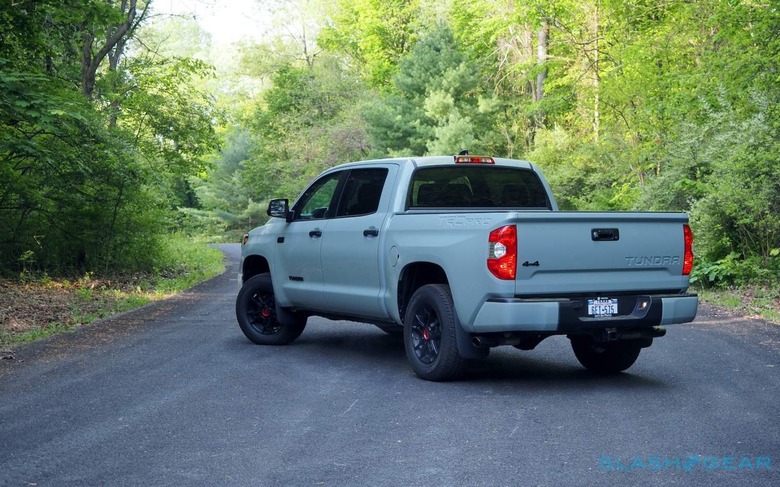
Since then, trucks have grown up. Leaving aside even the cutting-edge all-electric models we're seeing announced, modern pickups have demonstrated it's entirely possible to combine SUV comforts and technology with the practicality of a bed at the back. You don't have to put up with jostling ride quality and mediocre cabin design any more, while features like onboard generators are value-adds the Tundra can't even imagine.
At just over $55k as-tested, then, you'll have to really, really like the 2021 Tundra TRD Pro's aesthetic and take full advantage of its off-road prowess in order to pick it over the competition. Toyota gets the basics right, but this Tundra can't keep up with the current stars of the pickup class. Here's hoping the new 2022 Tundra brings things back up to speed.
